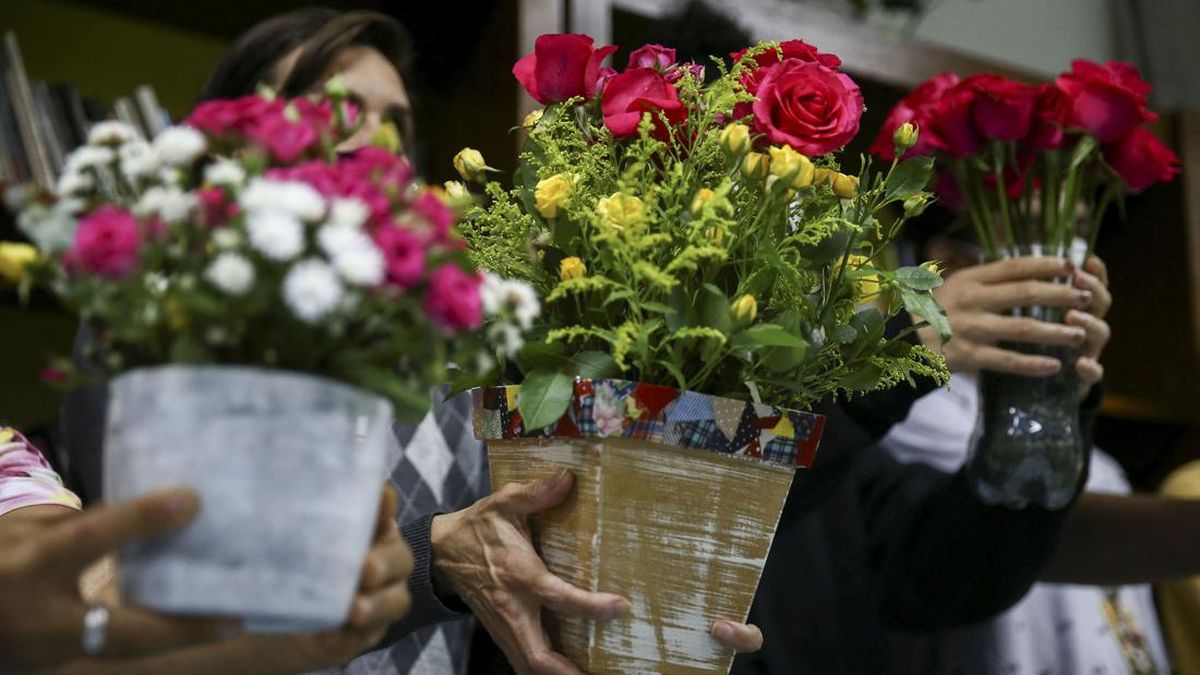A Sudden Decline in a Blooming Market
Mother’s Day in the United States is typically one of the biggest events for the flower industry. Florists nationwide prepare months in advance to meet the high demand for roses, tulips, lilies, and more. However, in 2025, something unexpected happened—flower sales took a dramatic dive just days before the holiday. The culprit? Tariffs introduced during Donald Trump’s presidency that have continued to affect the market.
This surprising drop has caught both retailers and consumers off guard, especially during a season that is usually associated with growth and gratitude.
The Lingering Impact of Trump-Era Tariffs
To understand the current situation, we need to look back. During his time in office, former President Donald Trump implemented a range of tariffs on imported goods, including flowers from key suppliers like Colombia and Ecuador. These countries represent over 70% of fresh flower imports to the United States.
While the tariffs were originally introduced to protect American growers, they also increased costs across the entire supply chain. As a result, wholesalers and florists were forced to raise prices. Now, in 2025, those effects are fully visible—many small businesses are struggling, and consumers are simply buying fewer flowers due to inflated prices.
Retailers Feel the Pressure
Florists across the country have reported a steep decline in orders compared to previous years. For example, a florist in Miami noted that sales dropped by nearly 30% compared to Mother’s Day 2024. Despite creative promotions and package deals, customers appear more cautious about spending.
“People still want to celebrate their moms,” one florist said, “but they’re also watching their wallets. A bouquet that used to cost $40 now goes for $60 or more.”
Moreover, supply chain issues have only made things worse. Higher import costs, coupled with transportation delays, have created a perfect storm that prevents shops from offering competitive prices.
Consumer Behavior Is Shifting
In response to higher flower prices, many consumers have turned to alternative gifts, such as gift cards, home-cooked meals, or handmade crafts. This shift is not only affecting flower shops but also related industries like packaging and delivery services.
Although the spirit of Mother’s Day remains, the way Americans choose to celebrate is clearly evolving. And unless changes are made, the trend could continue for years to come.
What Needs to Change?
Industry experts argue that it’s time to reassess the impact of these tariffs. While the goal of protecting domestic producers is valid, the broader economic consequences—especially for small businesses and consumers—cannot be ignored.
Some are calling on the Biden administration to revise or lift outdated trade policies to stabilize prices and support both importers and American growers. Others urge innovation in domestic flower farming to reduce reliance on imports without sacrificing quality or affordability.
Final Thoughts: Can the Flower Industry Recover?
Mother’s Day should be a time of celebration, not concern. Yet Trump-era tariffs have turned it into a stressful season for many in the floral business. Unless proactive steps are taken, the once-thriving flower industry may continue to wilt under economic pressure.









